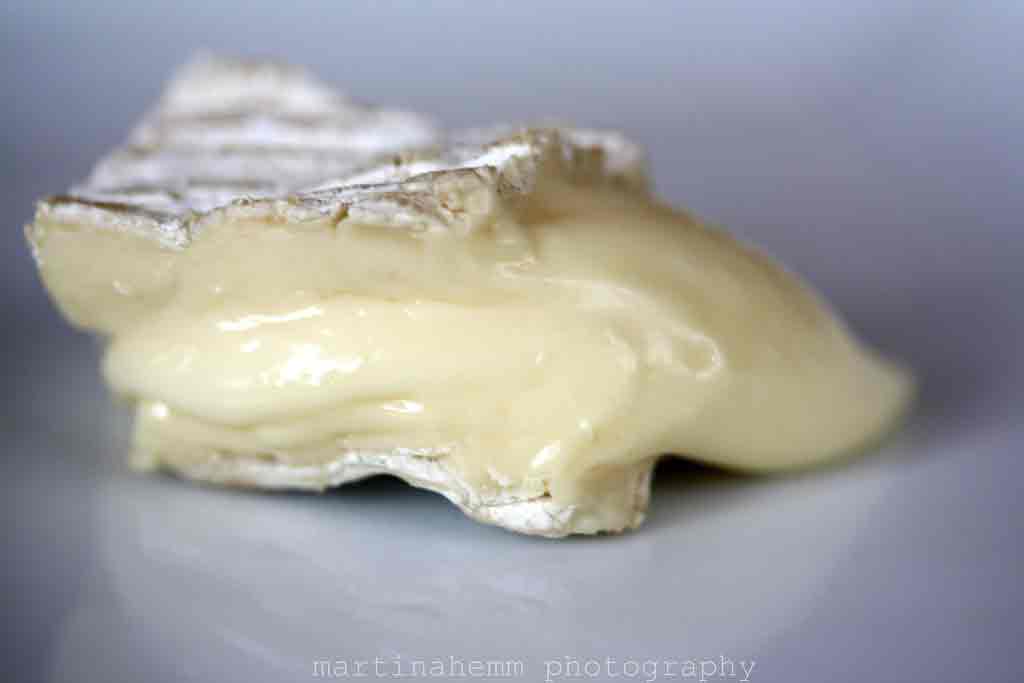
Parlez-Vous Fromage?
April 6, 2010
Embark on a delightful journey through the world of French cheese!🧀 A comprehensive guide for beginners, uncovering history, flavors, and pairing tips.🇫🇷
By: Genevieve Mc Carthy / Last updated: January 6, 2024
Estimated reading time: 6 minutes
Spaniards’ renowned passion for wine, unwavering devotion to the revered art of ham, and equally captivating love affair with cheese are well-known. With diverse flavors and textures, Spanish cheeses beautifully reflect the rich tapestry of the country’s landscapes. From velvety smoothness to firm yet gentle profiles, these lactic treasures offer a compelling journey for the taste buds. Here, we present a delectable selection of Spain’s cheese wonders to awaken your culinary curiosity.
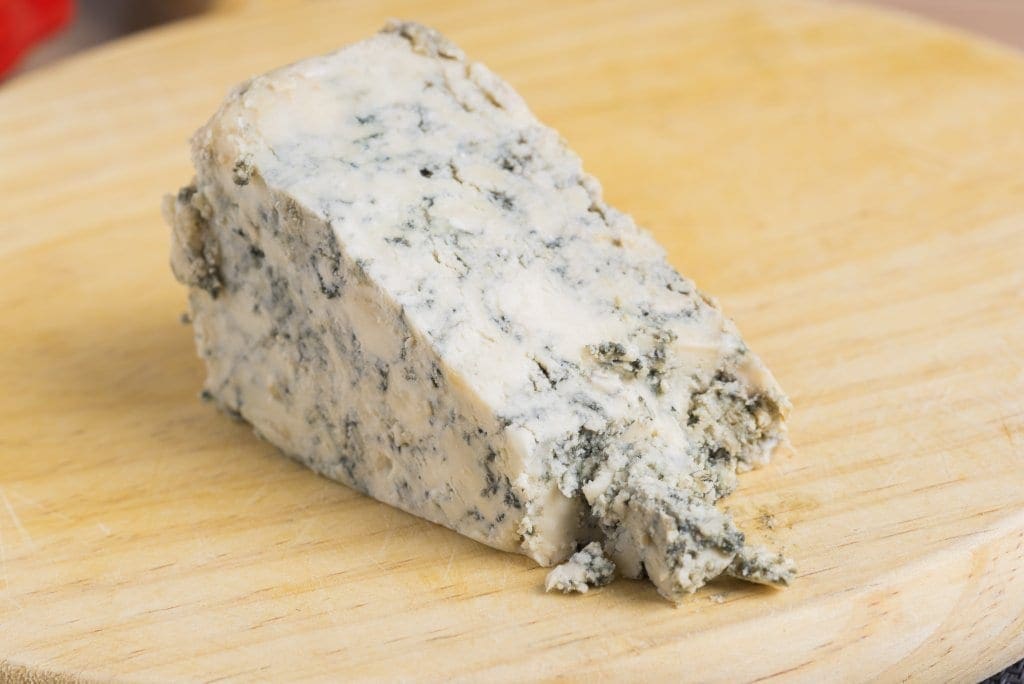
Cabrales cheese, a renowned blue cheese from Asturias in northern Spain, derives its exceptional flavor from the region’s landscape. The cheese is made from unpasteurized cow’s milk or a blend including sheep and goat’s graze milk on the high pastures. It ripens in natural mountain caves, developing its characteristic blue-green veining. Cabrales cheese boasts a bold and robust flavor profile, often exhibiting a delightful hint of acidity. When crafted using a blend of different milks, its complexity further heightens. This cheese represents the harmony between nature, tradition, and culinary excellence in Asturias.
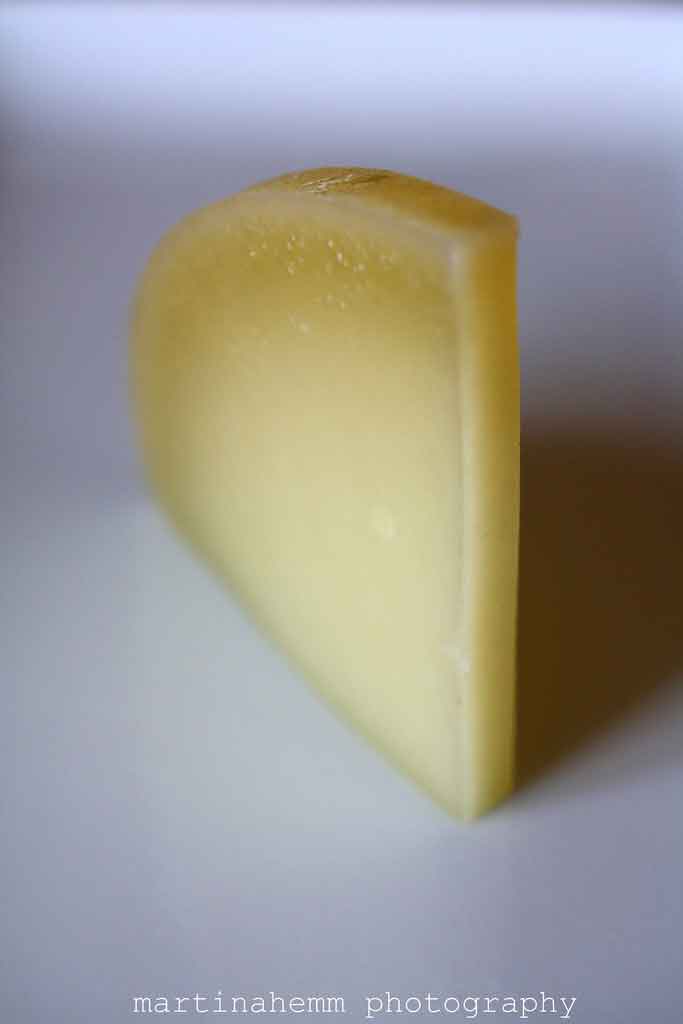
Another cheese from the northern region of Spain, Idiazábal, is located on the other end of the flavor spectrum. Mild with a nutty presence, this firm cheese is produced in two varieties: smoked and plain. The smoked variety spends up to 10 days over fires of Cherry, Birchwood, or Hawthorne, from which it retains an ocher rind, compared to the buttery yellow tone of a plain Idiazábal. Predominantly elaborated in the Basque country and Navarra region, Idiazábal was given its D.O.P. to protect the Latxa and Carranzana sheep. These native species of the region only produce a small quantity of milk per year, resulting in a limited and exclusive supply of true Idiazábal.
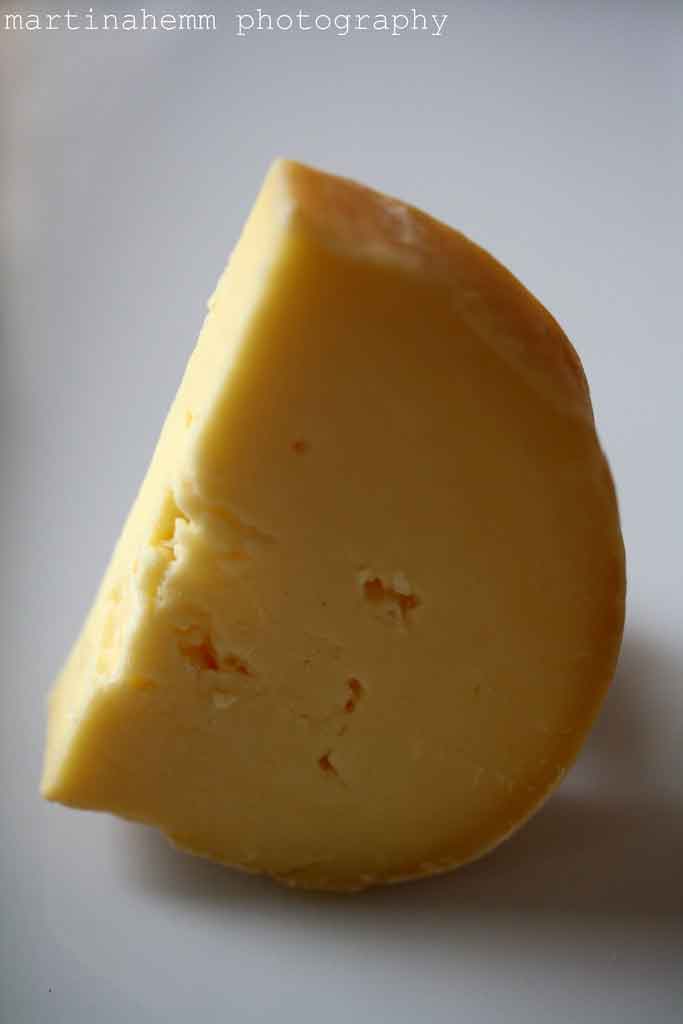
The tiny Balearic island of Menorca is a culinary hothouse, the birthplace of mayonnaise (Mahon-aise) and the cultivating ground for Mahon cheese, whose salty, sharp taste is reminiscent of the island’s briny coast. A cow’s milk cheese, Mahon undergoes a series of baths in olive oil and/or Pimentón, a spice similar to paprika. Like cheddar, the bright white cheese grows darker, sharper, and crumbles with age. You can find three different stages of Mahon: soft, semi-cured, and cured. A soft Mahon has a barely developed white/orange rind and a white-to-yellow creamy yet firm interior. While suave, the taste still has the characteristic brine and a sharp tinge. In comparison, the semi-cured Mahon’s rind is a brownish orange, and the cheese an ivory yellow.
With a more developed bouquet of flavors typical of Mahon, including notes of toasted nuts, the cheese still retains the milky notes of a younger Mahon. The cured Mahon, on the other hand, is a cheese made in cheese-lovers heaven. Powerful, evoking flavors of tobacco, leather, and spices, the aged cheese crumbles to the cut and lingers on the palate—especially when paired with strong honey.
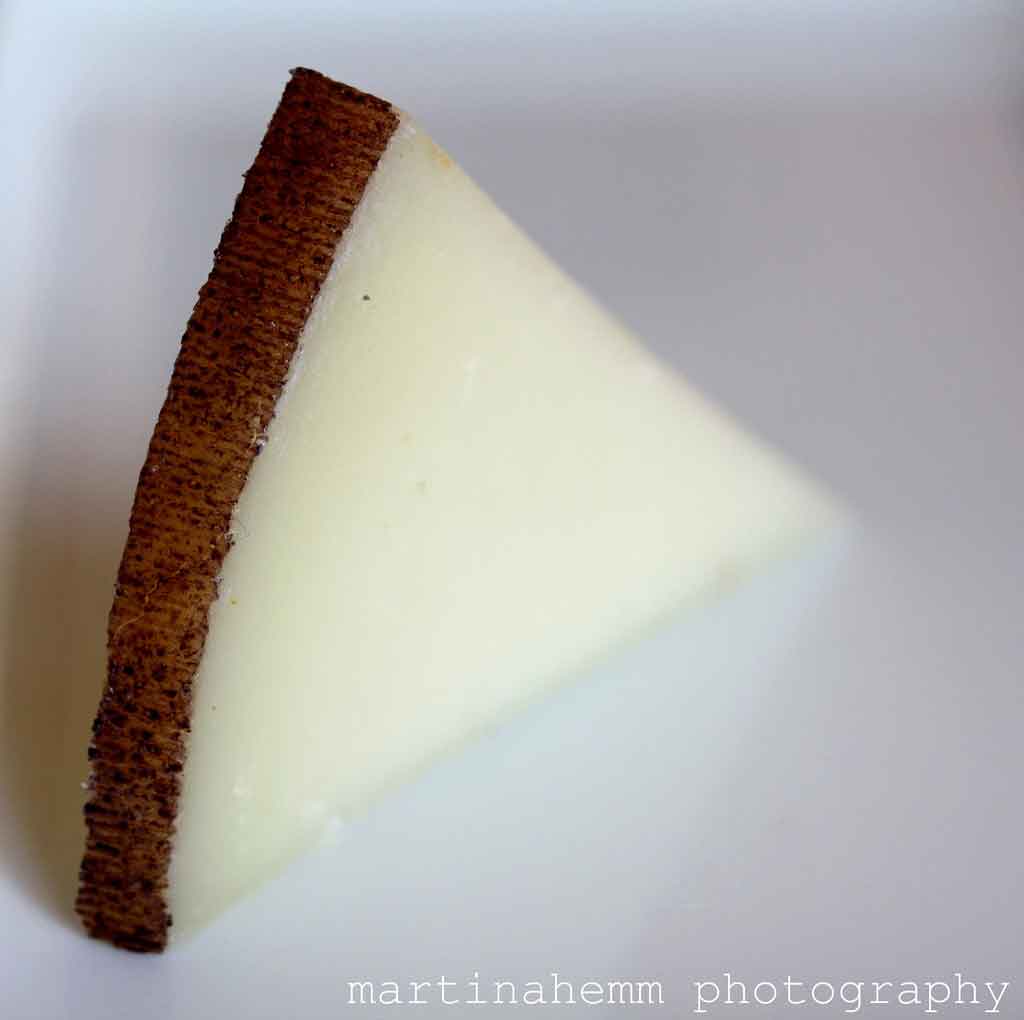
Manchego cheese, mentioned in Cervantes’ masterpiece, ‘Don Quijote,’ has eternally held a leading role on the culinary stage. Gracing tapas bars across Spain, Manchego cheese is as inseparable from the country as vibrant attire is from flamenco. Hailing from the arid landscapes of La Mancha in central Spain, Manchego derives its distinctive flavor from the very essence of its rugged surroundings.
The ancient breed of Manchegan sheep, responsible for supplying the milk, graze upon the sparse vegetation, imparting a unique zest to the cheese. Reminiscent of Parmesan, Manchego unveils fruity undertones that beautifully balance its sharp acidity. Firm in texture, the cheese presents small air pockets dispersed within its yellowish-white body, encased by a resilient rind.
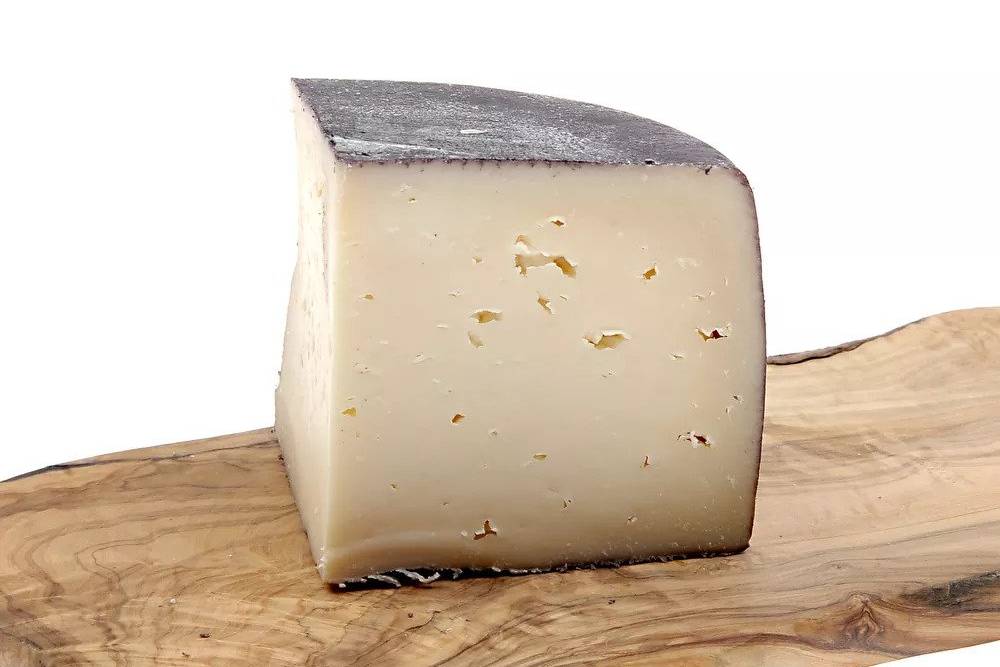
Known as “Drunken Goat” in the U.S., this goat cheese matured in wine comes from the region of Murcia, from which it gets its name. The idea to soak this goat milk cheese in baths of red wine came as a governmental impulse to create an innovative cheese to put Murcia on the gastronomic map. The non-pasteurized cheese is washed and pressed into shape before multiple wine baths can give the rind its signature dark pomegranate color. In contrast, the cheese is a stark white, supple yet easy to cut, with a creamy mild quality underlined by a hint of yogurt.
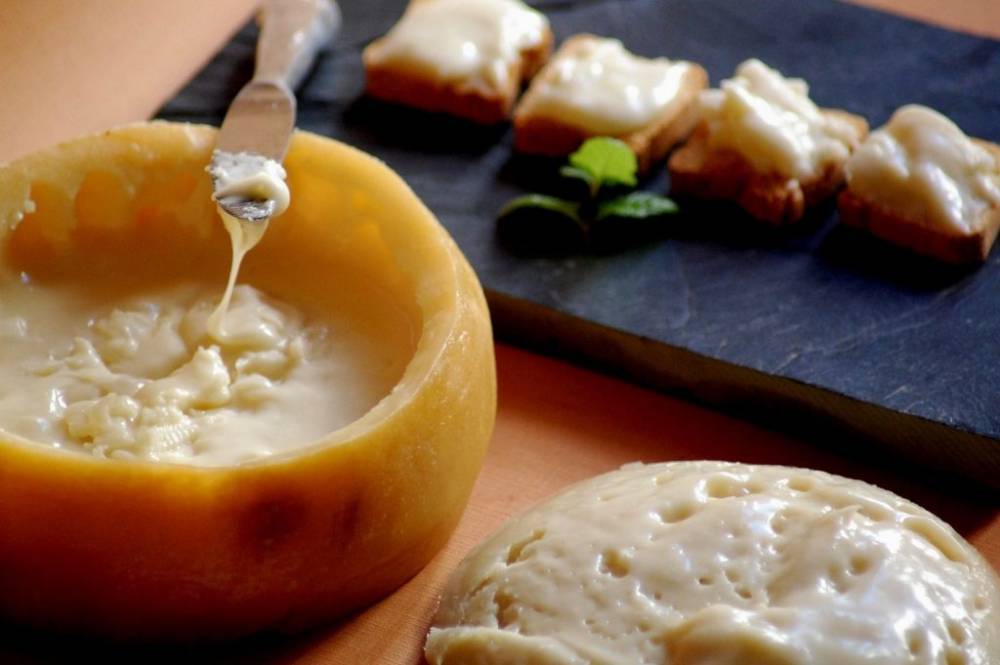
The name ‘Torta del Casar’ comes from the rather irregular shape the cheese took on when the soft inside was unable to sustain its shape, reminding the people of Extremadura of a cake instead. This semi-liquid interior, strikingly similar to a cheese dip, is what makes this cheese so famous and delectable. The producers achieve this highly creamy texture and signature taste by using vegetable rennet made from thistles to coagulate the sheep’s milk. To enjoy the melt-in-your-mouth experience that is Torta del Casar, you must cut off the top of the soft rind so that you can scoop out the inside with pieces of bread. Ensure that the cheese is at room temperature so the aromas can unfold and the cheese becomes runny.
Cheese from Spain Official Site: Read more
If you would like us to customize an exclusive luxury tour, contact us and let us know your travel plans. We offer luxury food and wine tours for private groups of a mininium two guests. In addition, all of our private, chauffeured tours are available year-round upon request.


Que es eso? Queso. | The Foreign Kitchensays:
November 11, 2010 at 6:28 am
[...] details on the cheeses take a look at my Spanish Cheese mini glossary for Cellar [...]
Ladyberdsays:
June 11, 2010 at 12:56 pm
Great post. My husband and I have been to Spain a couple of times and love the cheeses. I often buy them at our local cheese shop to enjoy with our favorite Rioja. Now if only I could find jamon in my area. I may soon give in and order it online!